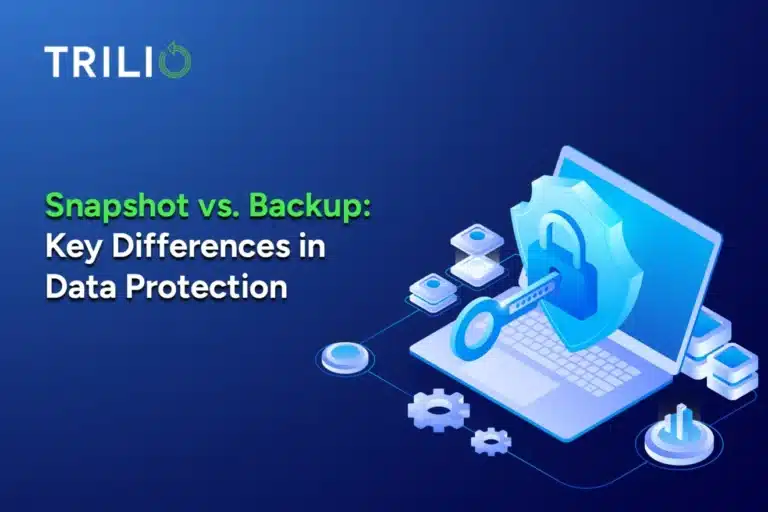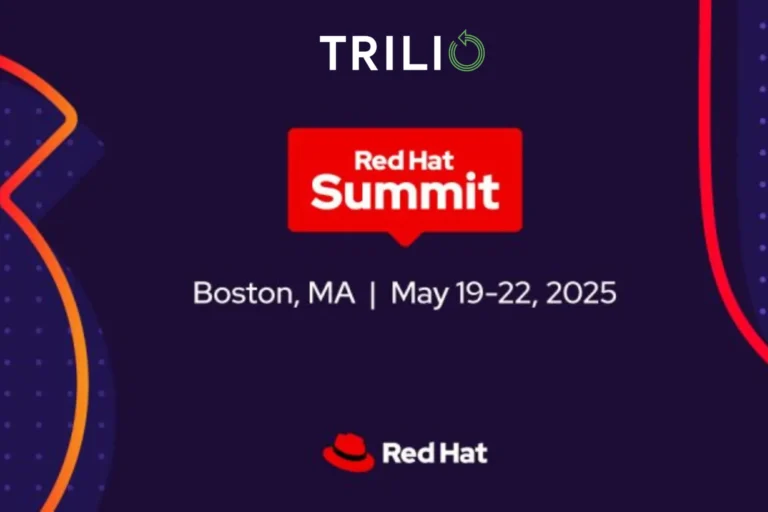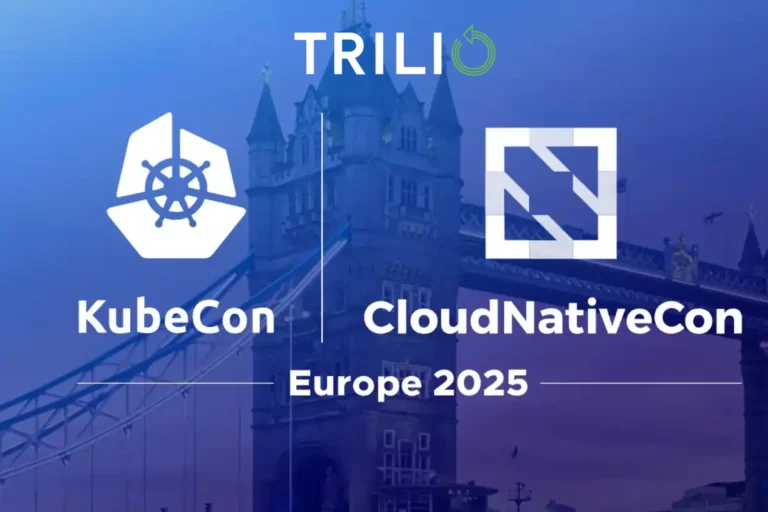With the production of global data predicted to be 44 times greater in 2020 than it was in 2009, we all need to plan for growth.
According to Gartner, 80% of data in organizations today is unstructured (text, documents, transactions, audio, video, social media, etc.). Unstructured data may be complex, but it also holds unique insights about your organization that relational databases alone cannot produce… And there’s simply more of it every day. Companies large and small are embracing flexible next-gen infrastructure and architectures (such as NoSQL, OpenStack, web-based applications, etc.) to aid in the management and accessibility of this growing pool of information.
As businesses grapple with managing both structured and unstructured data, they’re also forced to deal with usage spikes with their big data applications. From the most cutting-edge companies to the more traditional fields like insurance and banking, the adoption of next-gen solutions built around NoSQL, Hadoop and OpenStack are uniquely positioned to support these frequent data floods. The benefits of OpenStack (no vendor lock-in, high level of customization, a supportive global community of developers) coupled with NoSQL and Hadoop (speed, scalability, easier for developers and admins to manage) are well documented.
There’s a litany of household names using some form of these technologies to manage data growth and complexity. Amazon, Google, Facebook, and Twitter all use either one or a combination of these solutions for scale and elasticity to handle constantly-evolving business goals.
Some more specific use cases include:
- PayPal designed a private cloud using OpenStack to help developers build out the company’s platform and respond quicker to customer needs. PayPal owner eBay also developed an OpenStack private cloud to run the eBay website.
- Facebook uses Hadoop (along with Hive and HBase) to manage its massive collection of user photos, likes, status updates and messages and also to generate reports for third-party developers and advertisers.
- Marketing and sales platform HubSpot uses OpenStack to power a Rackspace hybrid public/private cloud setup that provides flexibility for its rapidly growing infrastructure and SaaS apps.
- Netflix has been outspoken about using DataStax and Cassandra to collect and take action on its massive volumes of viewer data.
See a pattern here? Fast-moving, innovative companies are expanding beyond traditional deployments. All of the above is not to discredit the scale and maturity of VMware environments; most production environments today leverage VMware. While costly, a mature environment comes with ease of deployment, ease of use, and strong administrative capabilities.
It’s also worth noting that reaching the level of efficiency promised by OpenStack, NoSQL and Hadoop is no walk in the park. There will be costs. You will need talented staffers who can configure the legacy architecture of yesterday and transition to these flexible platforms of tomorrow. Large banks and government agencies are not born-in-the-cloud like Netflix or Amazon, and are dealing with ultra-sensitive data and complex legacy systems. You must consider the TCO (total cost of ownership) of a cloud and NoSQL migration before making the move.
But with data growth exploding and Web and mobile purchases becoming the norm, you don’t have a choice. It’s scale or die. A robust combination of open source technologies, virtualization and NoSQL is a great way to stay alive – and thrive!



